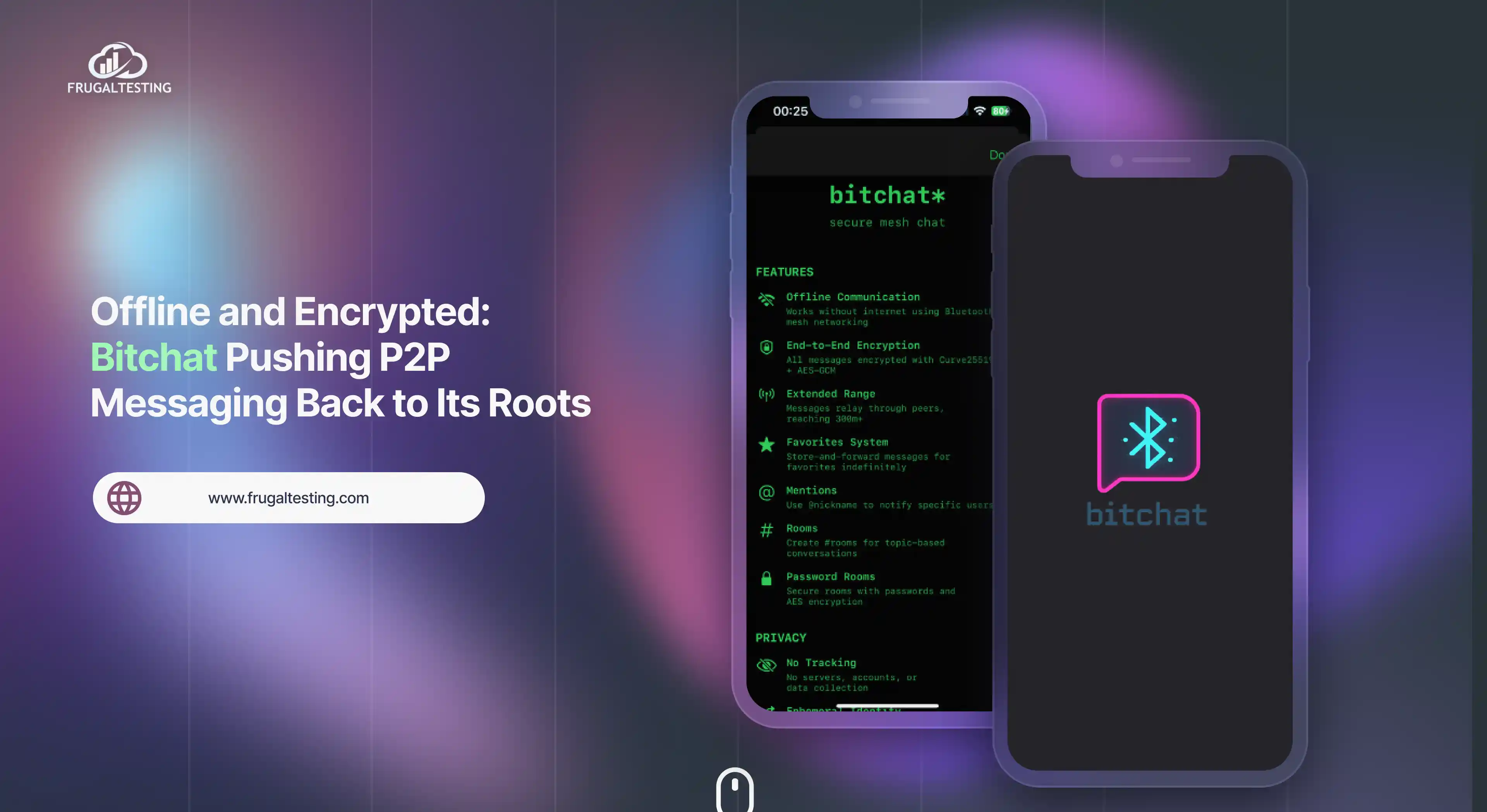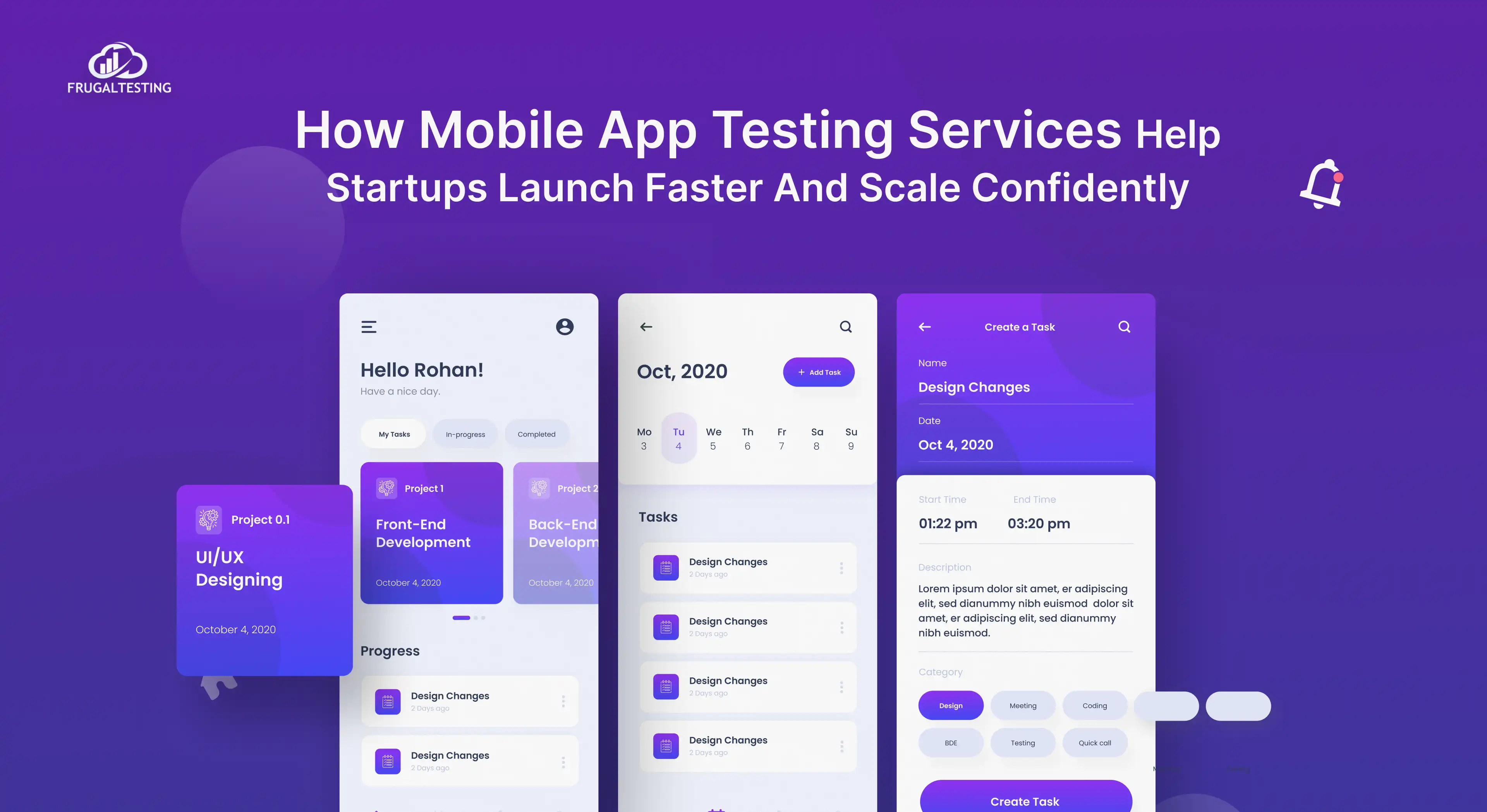Test estimation is a crucial step in software testing, helping teams plan timelines, allocate resources, and avoid delivery delays. For any QA engineer, mastering estimation techniques is key to maintaining efficiency and improving software quality throughout the SDLC and STLC. Whether working in functional testing, load testing, or handling complex test cycles, accurate estimation ensures better execution and confidence in project planning. In this blog, we’ll explore the most effective test estimation strategies that both new and experienced professionals like a QA test engineer or a software QA engineer should understand and apply.
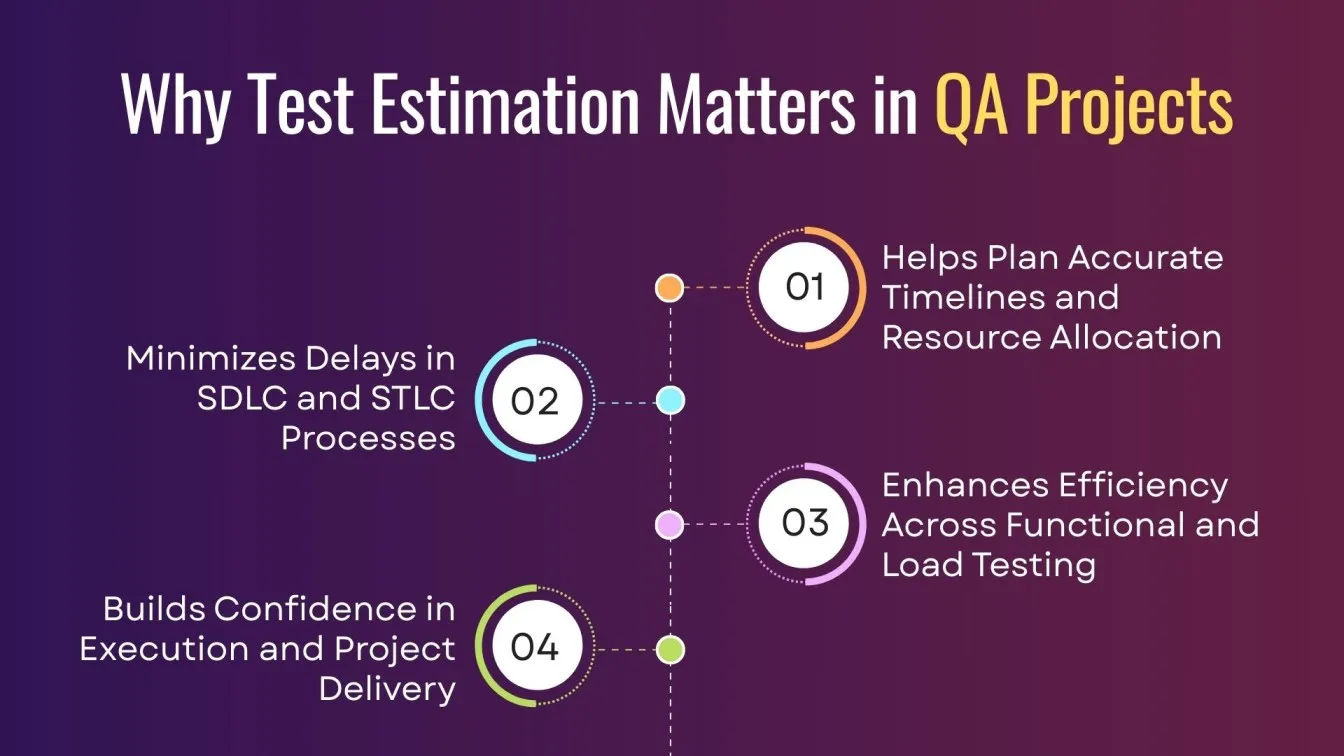
What’s next? Keep scrolling to find out:
🚀 What is Test Estimation? Defines the effort and resources needed for effective QA planning.
🚀 Key Influencing Factors: Covers complexity, test types, skill level, and team capacity.
🚀 Popular Estimation Techniques: Includes WBS, Delphi, Three-Point, and Function Point Analysis.
🚀 Estimation in SDLC & Agile: Adapts strategies for traditional and iterative workflows.
🚀 Overcoming Challenges: Shares best practices to improve accuracy and reduce risks.
What Is Test Estimation in Software Testing?
Test estimation in software testing is the process of predicting the time, effort, and resources needed to execute testing tasks effectively. It enables teams to deliver quality results without overshooting deadlines or budgets and supports smooth integration within the overall SDLC phases and STLC process.
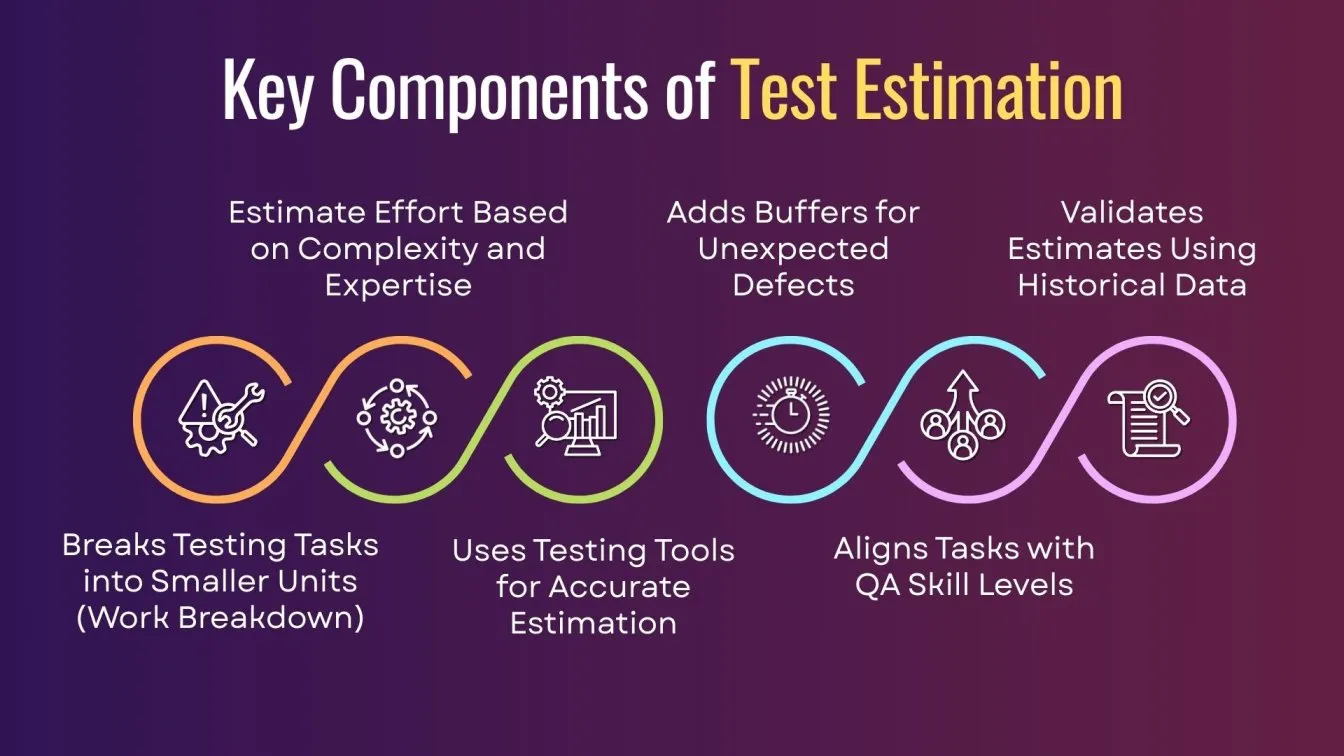
Key components of test estimation include:
- Work Breakdown: Splitting testing tasks into smaller units for precise planning and allocation.
- Effort Calculation: Estimating the number of hours required based on task complexity and team expertise.
- Tool Usage: Leveraging software testing tools to automate and optimize estimation for accuracy.
- Buffer Inclusion: Adding contingency time for unexpected changes or defects.
- Skill Mapping: Aligning efforts based on the tester’s expertise and QA engineer training levels.
- Review & Validation: Comparing estimates with real-time results from previous cycles to improve future accuracy.
Importance of Accurate Test Estimation in QA Projects
Accurate test estimation plays a vital role in successful QA software testing by ensuring planned execution, risk management, and timely delivery. It helps testing teams align with project goals, avoid resource overuse, and meet expectations defined within the STLC life cycle and SDLC methodologies.
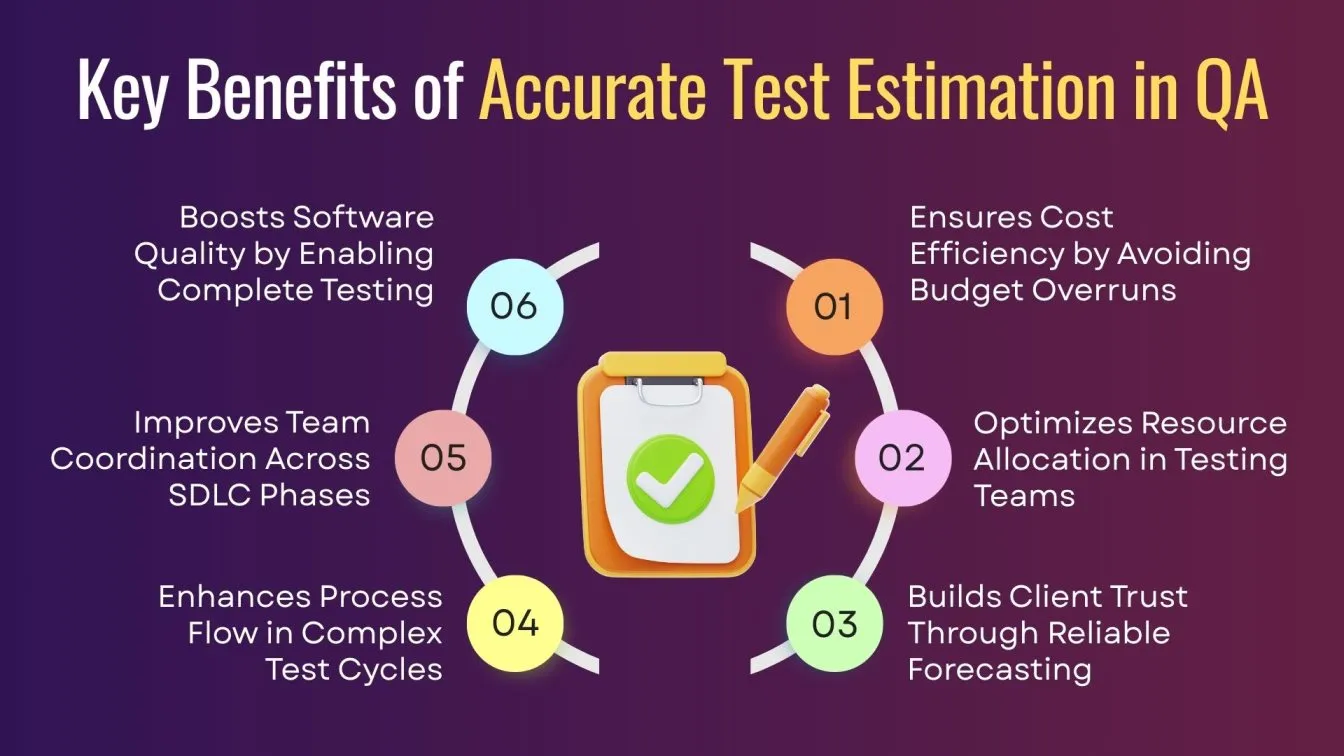
Here’s why it matters:
- Cost Efficiency: Prevents unnecessary budget overruns by aligning tasks with realistic timelines.
- Resource Allocation: Supports better utilization of human and technical assets in a software testing company.
- Client Confidence: Builds trust through consistent delivery and transparent forecasting in software quality assurance testing services.
- Process Optimization: Enhances testing flow, especially in large-scale or multiphase software testing services.
- Team Coordination: Helps align development and testing teams across SDLC in software engineering stages.
- Improved Quality: Reinforces focus on software quality services by minimizing rushed or incomplete testing phases.
Key Factors Influencing Test Estimation
Test estimation is affected by multiple variables, and understanding them helps ensure precise planning throughout the SDLC testing and STLC in software testing. These influencing factors guide how effort, cost, and timelines are projected in both manual and automated environments.

Here are the most critical ones:
- Project Complexity: High complexity demands deeper test coverage, often extending timelines in functional testing in software testing.
- Testing Type: The scope of types of software testing like regression, integration, or smoke testing can significantly alter estimation metrics.
- Tool Integration: The Use of automated testing software or manual tools impacts the speed and effort required.
- Tester Experience: Proficiency levels, including knowledge from a software testing course, affect accuracy in task execution.
- Test Environment: System configuration, stability, and readiness determine how efficiently testing proceeds.
- Client Requirements: Frequent changes or unclear expectations may cause re-estimation cycles in software quality testing.
Functional vs Non-Functional Testing: Impact on Estimation
Understanding the distinction between functional and non-functional testing is essential for accurate test estimation. Both testing types impact effort, time, and tools differently during a QA project.
What Are the Most Popular Test Estimation Techniques for QA Engineers?
Estimating testing efforts accurately is a crucial responsibility of every QA engineer. Whether you’re working in a software testing company or undergoing a software testing course, mastering estimation techniques ensures better planning and successful project delivery. Below are some widely used methods in the QA world:
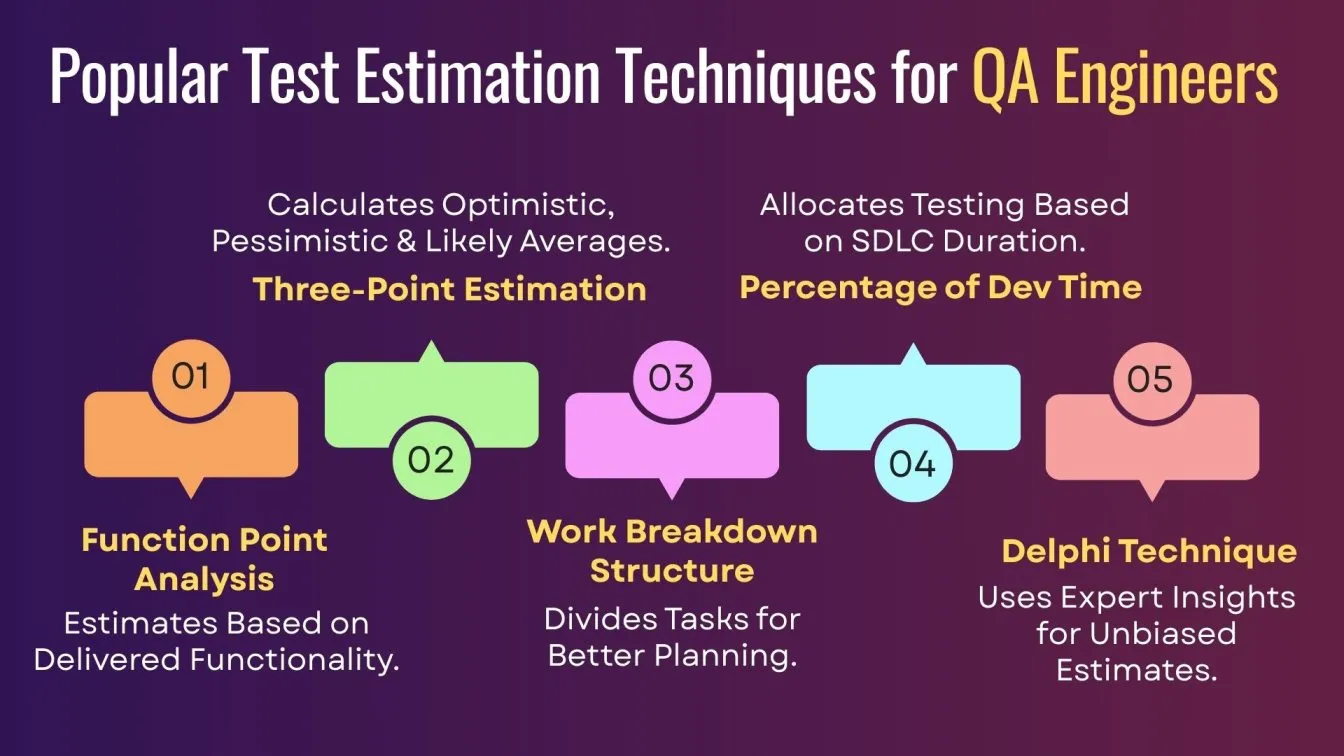
- Function Point Analysis (FPA): Measures the functionality delivered to the user and uses it as a metric to estimate the testing scope and time based on STLC in software testing.
- Work Breakdown Structure (WBS): Breaks the project into smaller tasks like test case creation, execution, and reporting.
- Three-Point Estimation: Uses optimistic, pessimistic, and most likely time values to calculate accurate averages.
- Delphi Technique: Gathers insights anonymously from multiple experts to reduce bias in estimates.
- Percentage of Development Time: A traditional method where testing is allocated a percentage of total SDLC development time, ensuring alignment with SDLC methodologies and project scope.
- Expert-Based Estimation: Draws from the practical experience of senior testers or QA software testing leads.
Work Breakdown Structure (WBS) in Test Estimation
Work Breakdown Structure (WBS) is a widely used technique in the estimation process that helps break down the testing process into smaller, manageable components. This approach allows development teams and QA professionals to assign precise estimates for each task involved in a software development project.
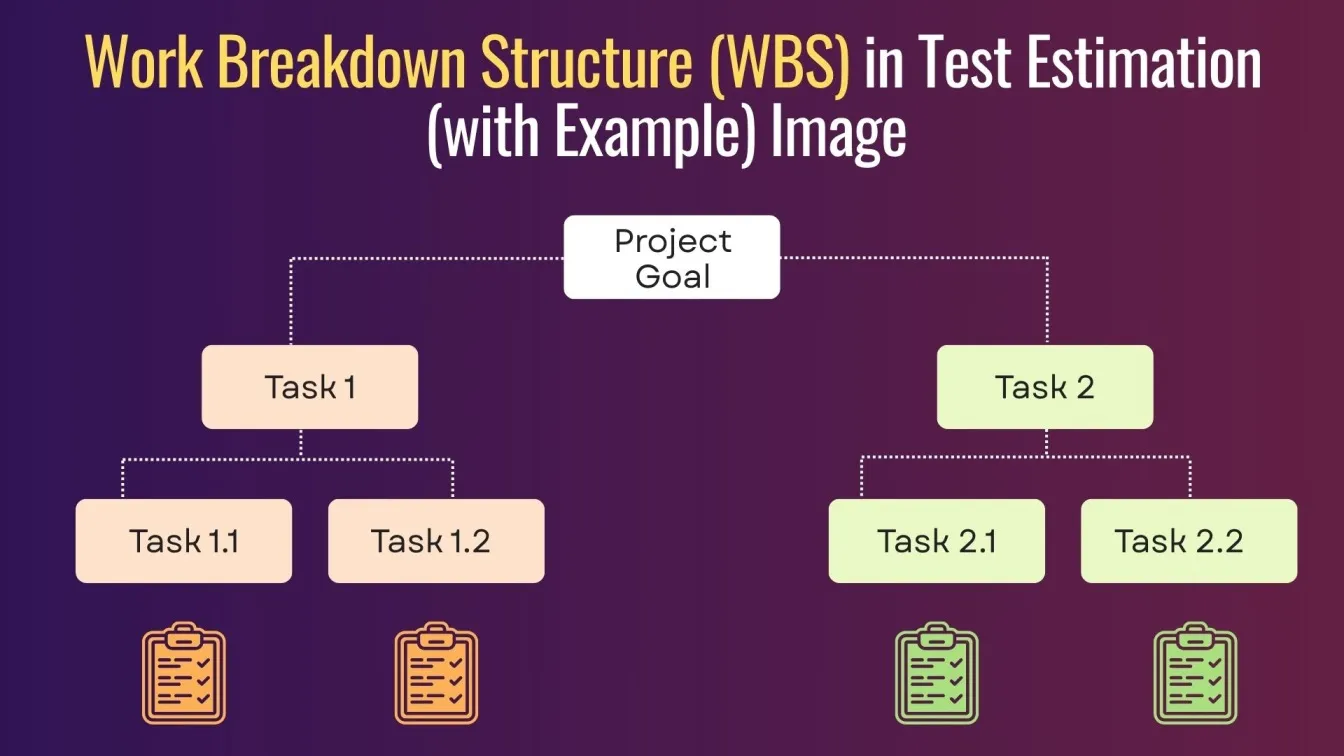
- Modular Task Division: Divides the project into simple and complex modules to estimate time more accurately, especially for simple modules.
- Role-Based Allocation: Assigns specific responsibilities based on testing skills and the availability of a skilled team.
- Regression Testing Planning: Includes dedicated effort estimation for repeated regression testing cycles across different builds.
- Buffer for Unexpected Issues: Adds extra time in the schedule to handle risks or unexpected issues during testing.
- Supports Realistic Estimates: Helps create realistic estimates by visualizing each activity, making it a valuable resource in test planning and software development life cycle coordination.
Three-Point Estimation Method for QA Teams
The Three-Point Estimation Method is widely used by QA engineers to improve accuracy in predicting effort and timelines for software testing tasks. This approach involves calculating three values to better assess uncertainties and variability in testing.
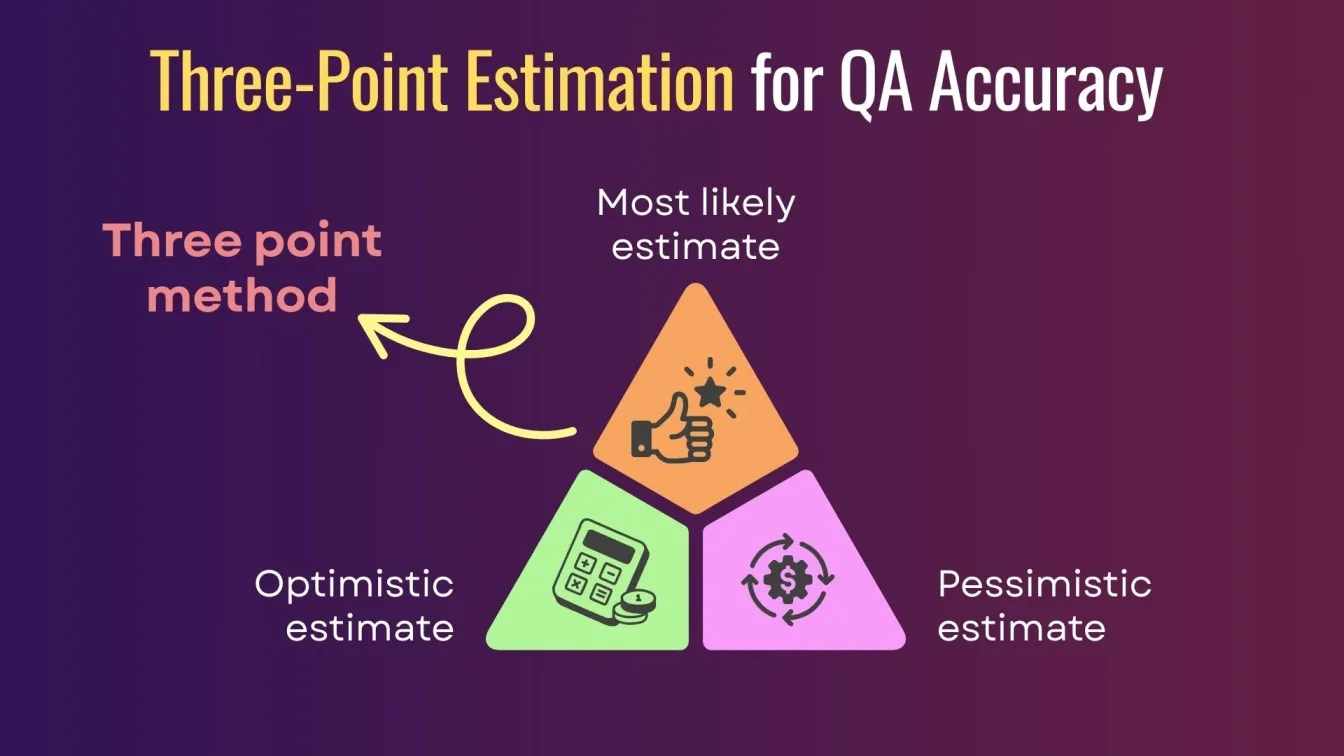
- Optimistic Estimate (O): Assumes everything goes smoothly during functional testing without any blockers or interruptions.
- Most Likely Estimate (M): This reflects the realistic scenario, considering typical challenges in automated testing software or manual test execution.
- Pessimistic Estimate (P): Considers potential delays or complications like setup issues in load testing tools or test environment instability.
The final estimate is calculated using the following formula:
(O + 4M + P) / 6, offering a balanced perspective.
This method aligns well with structured STLC phases, especially when integrated into the early STLC life cycle planning. It also complements the estimation practices in software quality assurance testing services, making it a reliable tool for reducing risks in project delivery.
Delphi Technique for Collaborative Test Estimation
The Delphi Technique is a collaborative method used by QA test engineers and software QA engineers to estimate testing efforts through structured group communication. This technique helps refine estimates based on expert consensus, making it highly effective for complex testing scenarios.
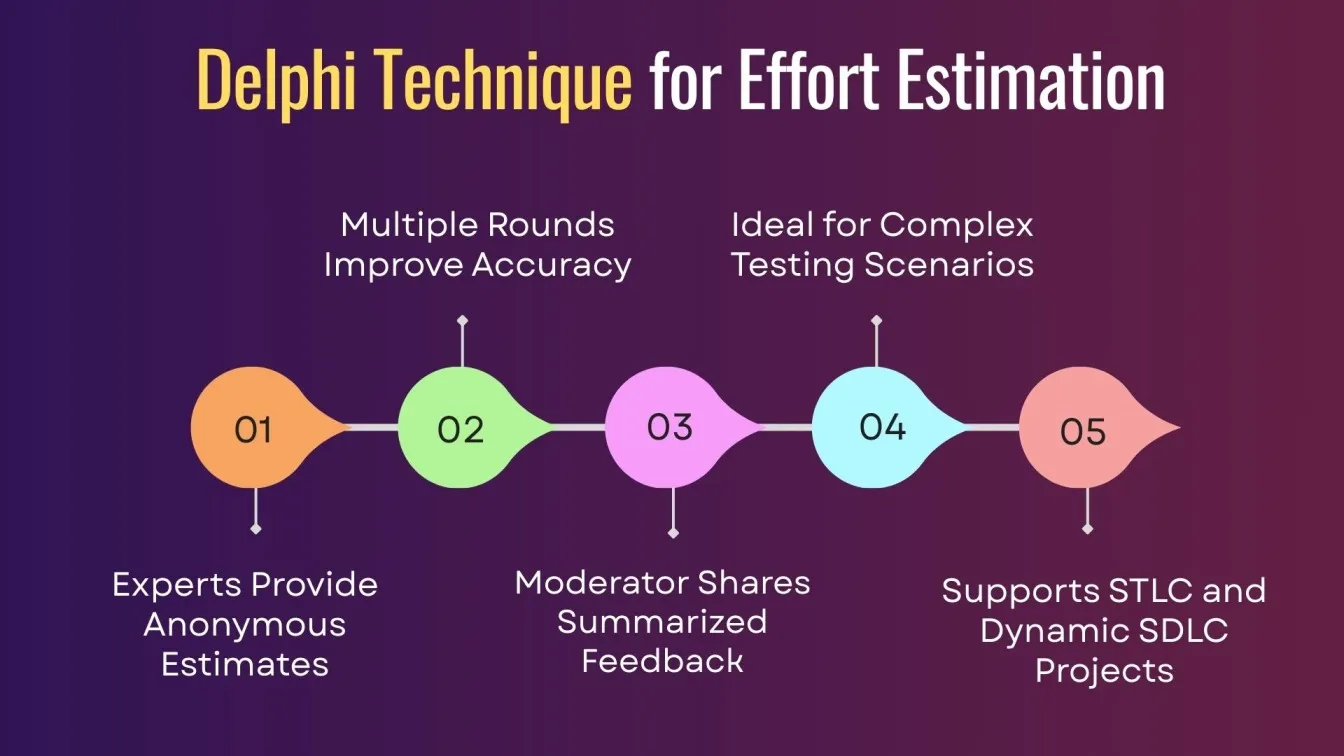
- A panel of experienced testers from a software testing company is selected to provide effort estimates individually and anonymously.
- A moderator collects and summarizes the responses, then shares the consolidated feedback with the group for review.
- Multiple rounds are conducted until the group reaches a consensus, improving estimation accuracy for functional testing types or load testing software activities.
- This technique is especially useful in dynamic SDLC methodologies where team alignment and adaptability are critical.
- The Delphi approach also supports better planning in STLC in software testing, ensuring smoother coordination across test phases.
Function Point Analysis in Software Testing Projects
Function Point Analysis (FPA) is a quantitative estimation method that evaluates the size and complexity of a software application based on its functionality from the user’s perspective. It is widely used by QA engineers to predict the effort required for software testing and ensure alignment with STLC life cycle stages.
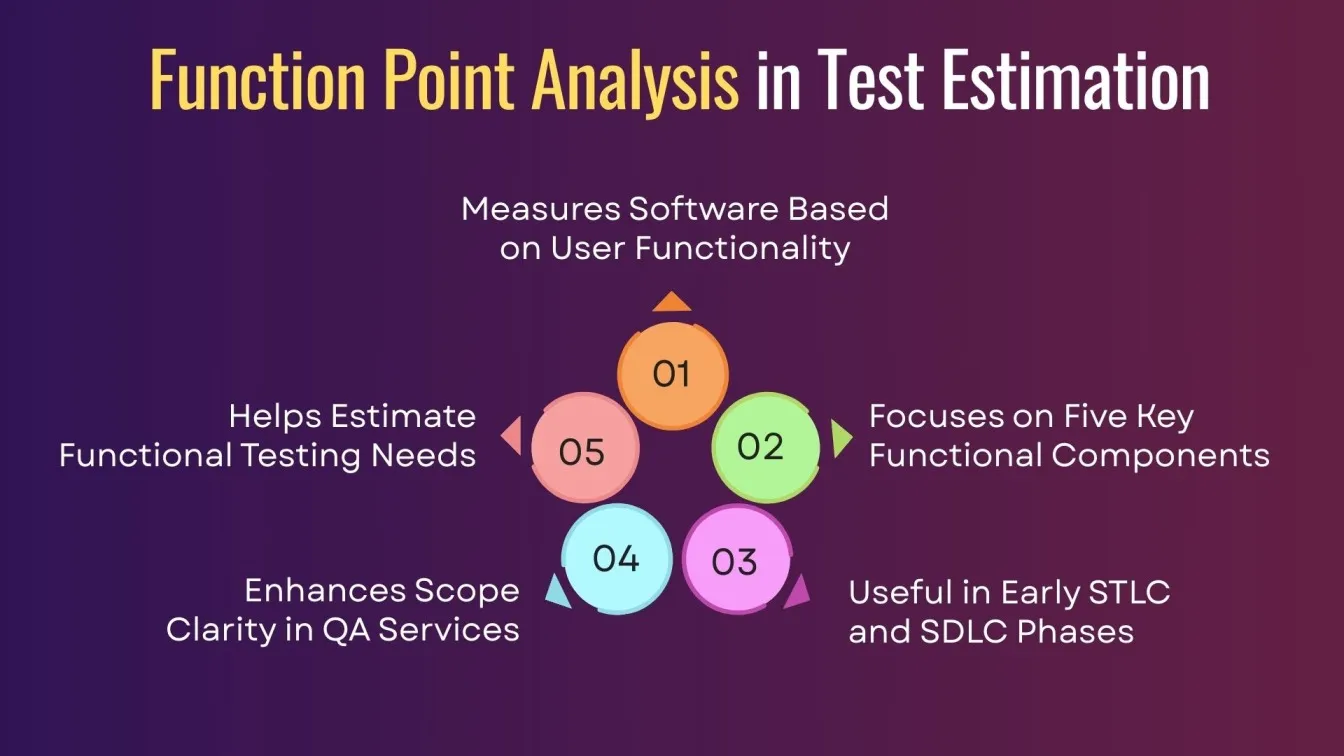
- FPA measures five key components: external inputs, external outputs, internal logical files, external interface files, and user inquiries.
- This method supports effective estimation during STLC phases, especially when functional clarity is available early in the SDLC life cycle.
- It’s beneficial in automated testing software planning, helping testers prioritize based on system functionality rather than lines of code.
- FPA enhances software quality assurance testing services by providing clarity on scope and complexity.
- It also aids in identifying the scope for functional testing software and estimating required test cases for different types of software testing.
Test Estimation in Agile and SDLC Environments
Estimation in software test planning depends heavily on the chosen methodology. While the Agile approach emphasizes speed and adaptability, traditional SDLC frameworks focus on structured progression. Effective estimation ensures smooth planning across all project activities and testing phases.

- Scope of Testing: Understanding the software functionality and defining the scope of testing are essential before starting any estimation process in both environments.
- Historical Reference: Reviewing previous projects helps estimate the duration of testing in a normal scenario or a complex project, ensuring a more reliable estimate.
- Team Collaboration: A talented team and the entire team’s input create a consensus estimate, which is especially critical during sprints or major software project milestones.
- Testing Approach: In Agile, exploratory testing, manual testing, and Ad-hoc methods require flexibility, while SDLC may rely on statistical methods.
- Environment Consideration: Any environmental issues or unstable testing environment can skew initial estimates, delaying project tasks and affecting quality software delivery.
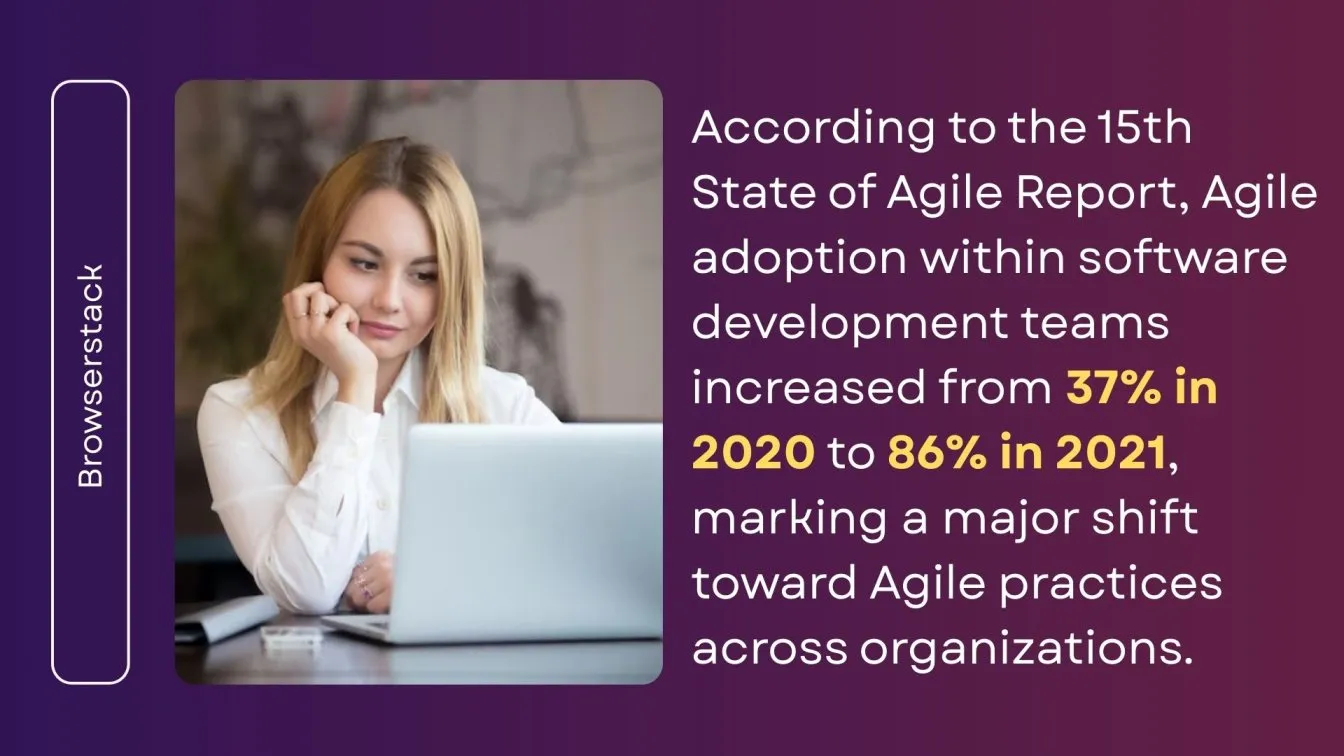
Top-Down vs Bottom-Up Estimation in Testing
Understanding estimation models is crucial for achieving accurate estimation in any software testing estimation approach. Below is a comparison of Top-Down and Bottom-Up Estimation methods, highlighting their strengths, challenges, and relevance to modern QA strategies.
What Are the Common Challenges in Estimating Testing Efforts?
Estimating testing efforts accurately is crucial but often difficult due to multiple evolving factors across the SDLC in software engineering. Misjudgments can lead to project delays, budget overruns, or compromised quality.
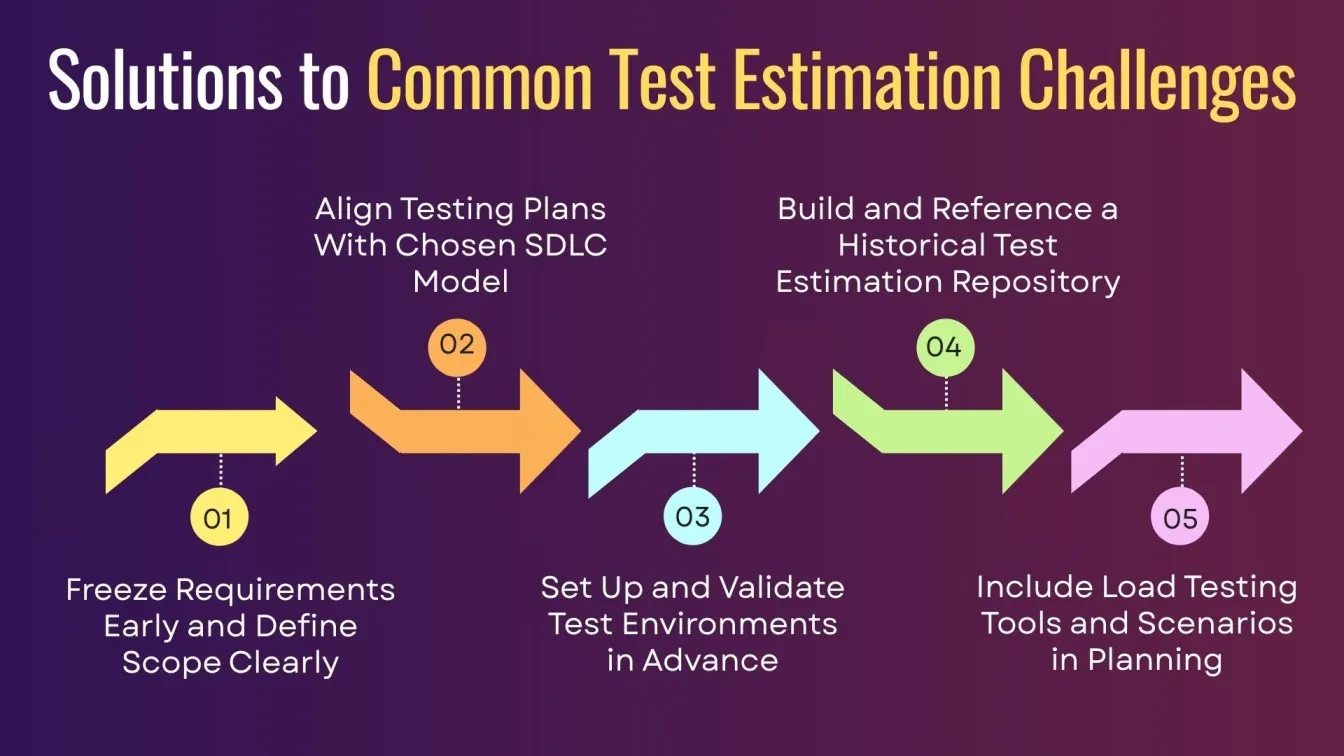
- Unstable Requirements: Constantly changing or unclear requirements make it hard to define the test scope, affecting STLC in software testing timelines and effort predictions.
- Incomplete Understanding of SDLC Methodologies: Not aligning the test plan with specific SDLC methodologies like Agile or Waterfall can lead to unrealistic estimations.
- Undefined Test Environments: Missing details about the test environments, like operating systems, network setups, or third-party integrations, can lead to last-minute surprises.
- Lack of Historical Data: Without insights from past projects or tools like load testing tools, it's tough to forecast timelines and resource needs accurately.
- Neglected Load Factors: Ignoring aspects like API load testing or automated load testing skews performance test planning and leads to underestimation.
Best Practices for Improving Test Estimation Accuracy
Accurate test estimation strengthens planning across the STLC life cycle, ensuring better control over cost, resources, and delivery timelines. Adopting proven strategies helps QA teams avoid surprises and align with development goals.
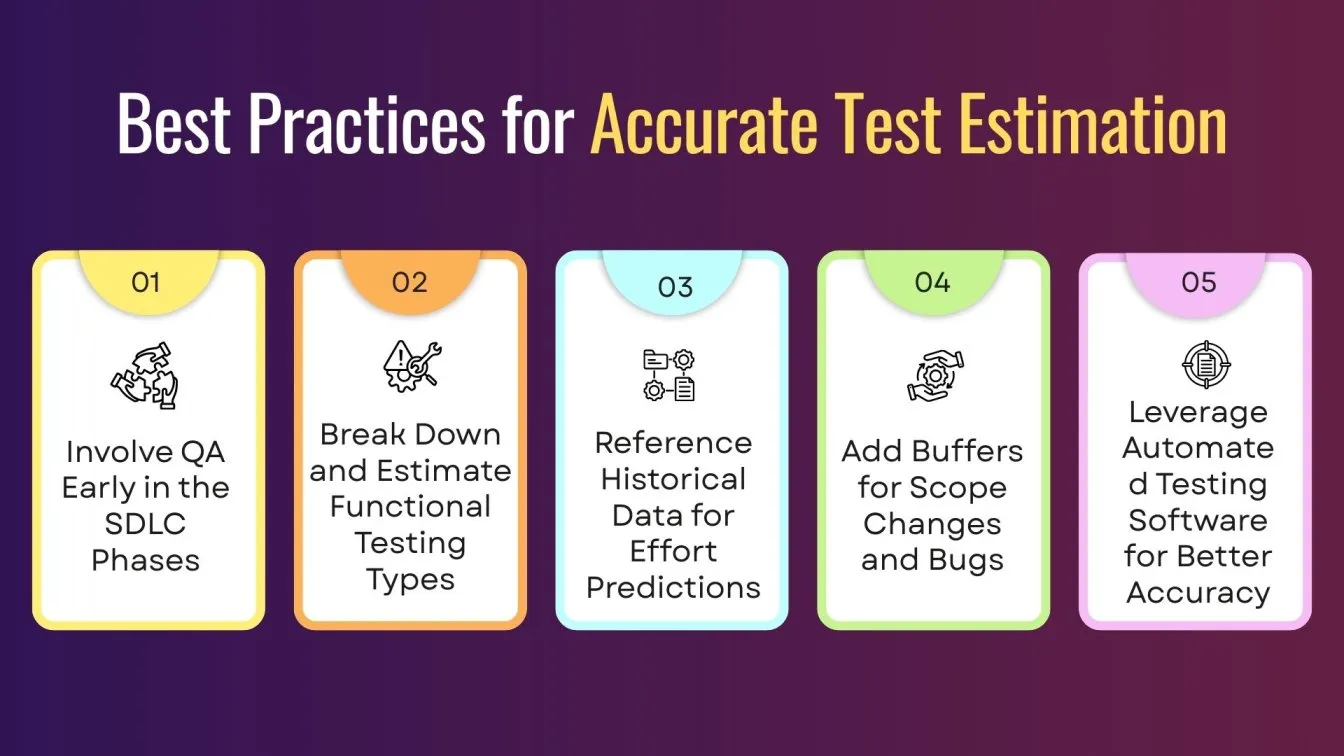
- Involve QA Early in SDLC Phases: Engaging QA software testing teams early during the SDLC phases helps uncover complexities and align test estimation with development priorities.
- Break Down Testing Types: Categorize and estimate based on types of functional testing, including unit, integration, and system tests for better clarity.
- Use Historical Benchmarks: Leverage data from past software testing services to anticipate risks, effort, and timelines.
- Include a Buffer for Unexpected Issues: Always factor in contingency time to handle scope creep, bugs, or late requirement changes.
- Utilize Automation Tools: Incorporating automated testing software enhances estimation by reducing manual effort in regression and software performance testing.
Conclusion..
Mastering test estimation techniques is essential for every QA engineer aiming to improve software quality, streamline planning, and align with both SDLC and STLC workflows. From Work Breakdown Structure to the Delphi Technique, choosing the right method ensures realistic timelines, better collaboration, and reduced risk. Accurate estimation not only strengthens test execution but also builds trust across teams, clients, and stakeholders in any software testing project.

Backed by a track record of steady expansion, Frugal Testing reviews reflect the company’s ability to meet real-world testing demands across industries. Based in Frugal Testing Hyderabad, the brand has earned recognition as a trusted software testing service provider offering scalable, result-driven solutions. The diverse services offered by Frugal Testing have helped global enterprises reduce time-to-market while maintaining high-quality standards. Positioned among the top software testing companies in USA, Frugal Testing continues to evolve with a strong vision and expertise that define its unique footprint in the competitive QA landscape.

People Also Ask
How does experience level impact the accuracy of test estimations?
Experienced testers estimate more accurately by anticipating risks, scope changes, and resource needs.
Can historical data be used to improve future test estimations?
Yes, analyzing past project data helps identify patterns and refine estimation accuracy for similar future tasks.
Can automation testing reduce overall test estimation time?
Automation testing speeds up repetitive tasks, reducing manual effort and improving overall estimation timelines.
How do you validate if your test estimation was accurate post-project?
Compare estimated vs. actual effort, time, and defect metrics to assess the accuracy and adjust future estimates.
What role does test case complexity play in estimating QA efforts?
Higher complexity demands more time and resources, significantly influencing test effort and estimation accuracy.
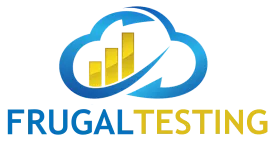




%201.webp)
